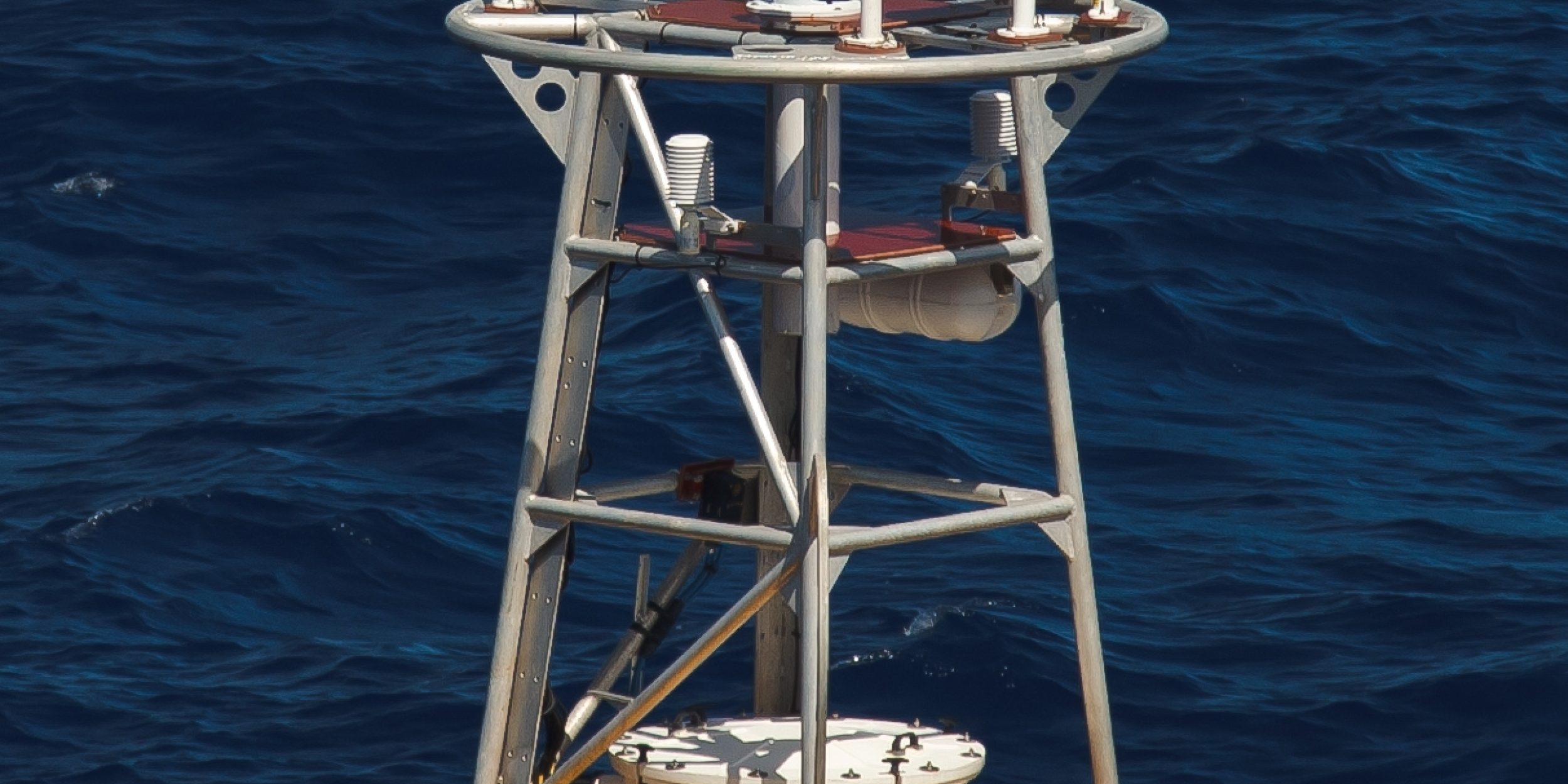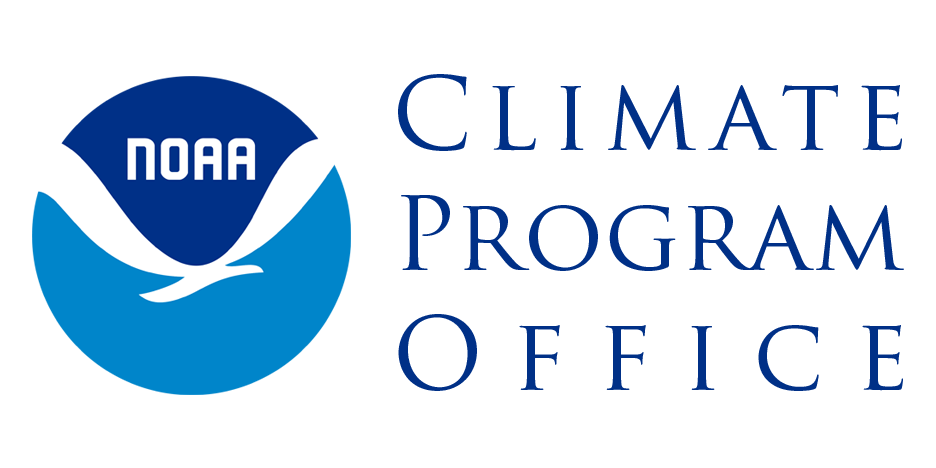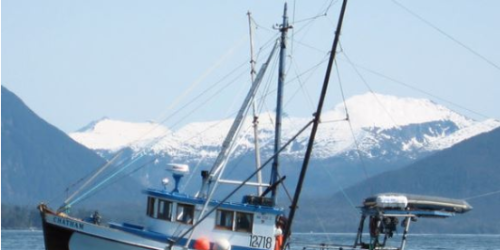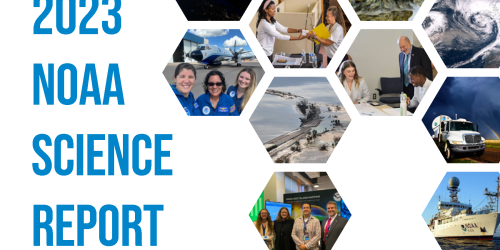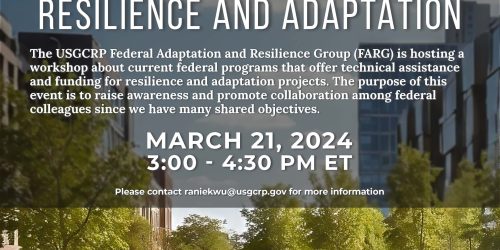An innovative partnership between NOAA and the US Navy brings research scientists one step closer to understanding the intricate relationship between the atmosphere and ocean that will help lead to improved predictability of weather, global climate, and changes in the ocean environment.
On Nov 14, scientists from NOAA’s Pacific Marine Environmental Laboratory (PMEL), on board the US Navy’s Military Sealift Command ship USNS SAFEGUARD deployed an upgraded Ocean Climate Station Mooring on the southern edge of the Kuroshio Extension Current, 340 miles SE of Tokyo, Japan. The crew of the USNS SAFEGUARD successfully and safely deployed the 9 ft diameter surface buoy, which weighs 2900 lbs, and the 5 miles of wire and nylon line used to anchor the mooring in 18,700 feet of water.
The Kuroshio Extension Observatory (KEO), funded by the NOAA Climate Program Office, now includes a sensor that monitors ocean acidity (pH) of the surface seawater. The buoy has measured carbon dioxide (CO2) concentrations in the air and surface water since 2007, but the additional sensor will allow scientists to determine directly the effects of ocean uptake of CO2 on changes in ocean acidification. This mooring is the newest addition to a network of buoys monitoring the acidification of ocean waters around the globe.
Read the full article on the NOAA Pacific Marine Environmental Laboratory’s website.
Related Links: NOAA Kuroshio Extension Observatory
NOAA Partners with Navy to Deploy Ocean Observatory
